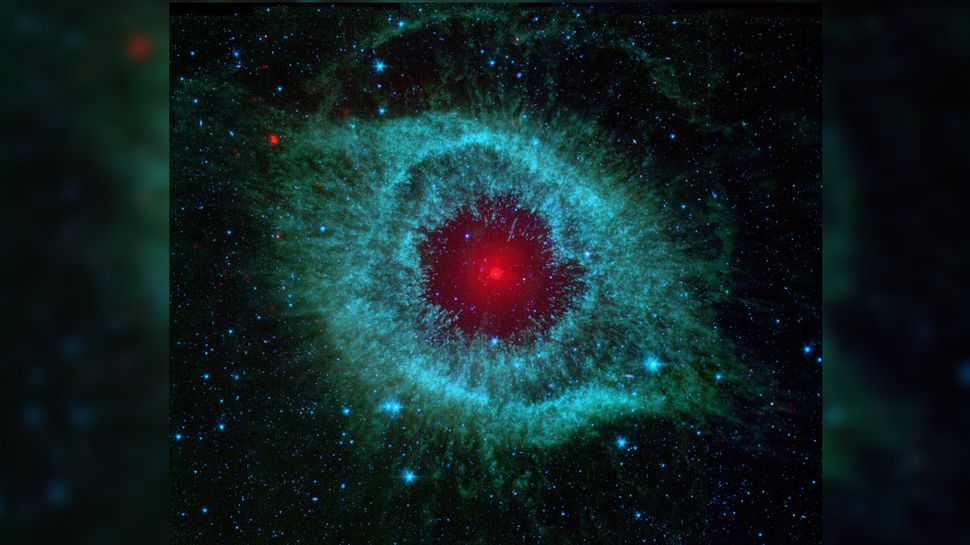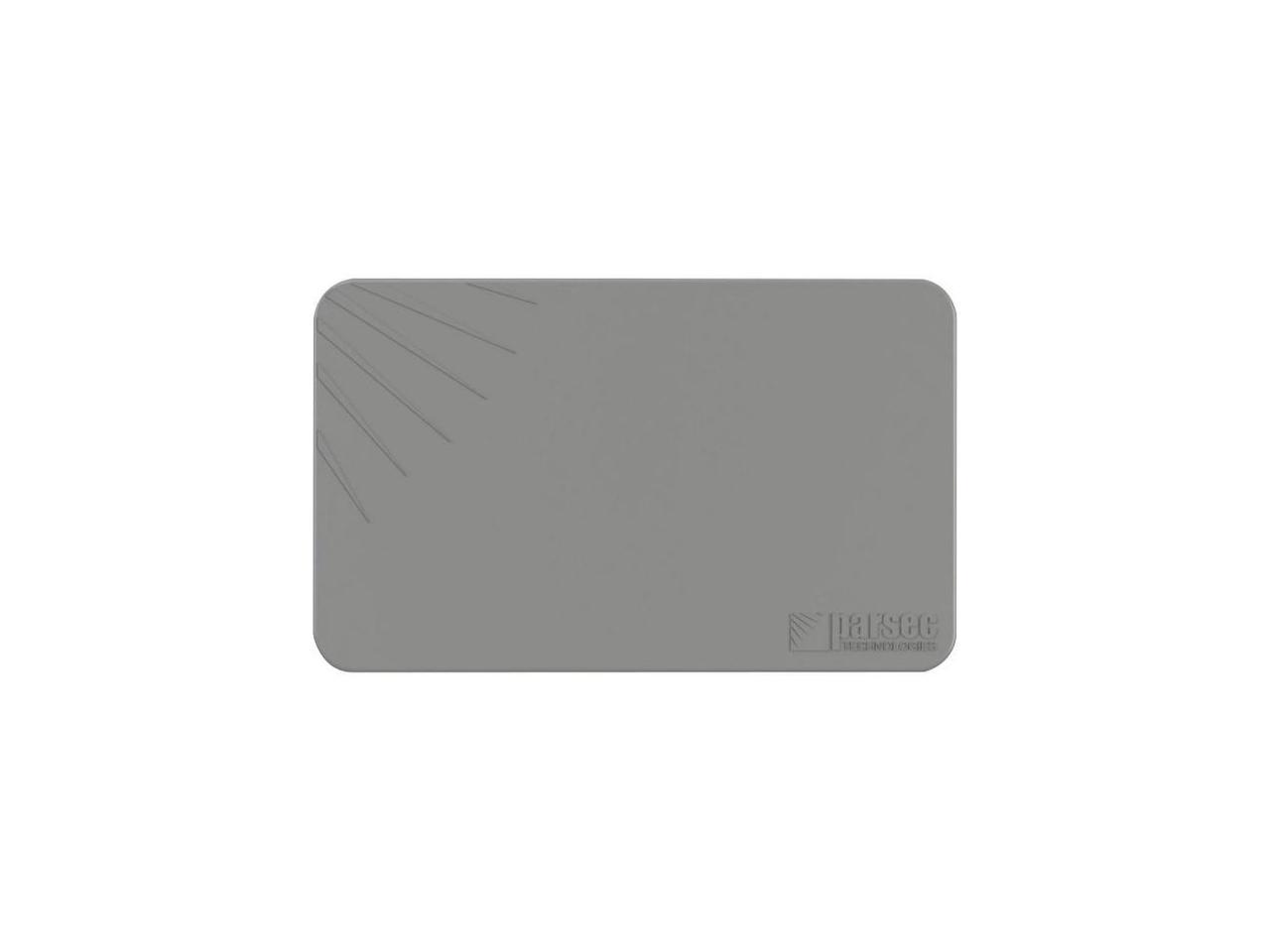

All comments and questions are fielded through the support service Q&A page. Below is a modified graph showing how our specific workflow breaks down in terms of signal flow.Here's the Supporter Q&A from August 17th, 2022. If you recall the signal flow discussion from Joey’s article, it’s just as important to discuss here as it was in his article. A video streaming solution that supports SDI video to feed the reference display – Some solutions include:.Optional: An Elgato StreamDeck or other USB Interface Device.

We’ll be using Parsec in this insight, but any of the above should work. A remote desktop solution, like Parsec, Teredici, Splashtop, HP RGS, etc.

A bias lightbulbs, some paint and blackout curtains go a long way.

#Parsec alternatives mac#
I’ve used a Mac Mini, Intel & M1 Macbooks, and an HP Z2 with positive results. A local “client” computer for the GUI. This machine doesn’t need to be very powerful.A ‘remote server’ color grading system that we connect to remotely – generally, your office grading machine.Here’s a quick summary of the basics we need for a good remote set-up (from Joey’s previous article) when ‘dialing in’ to the office computer: Reiterating Joey’s Insight: The idea is to remote into your powerful grading system, at the office, but work off-site using hardware tools such as color critical reference monitors, control surfaces, Elgato Streamdeck(s), and any other USB interface devices that accelerate our workflow. Summarizing the Ideal Remote Grading System Then, we’ll install, configure, and pair Parsec with the VirtualHere remote USB server and client – allowing us to use a Blackmagic Mini control surface and Stream Decks as if they were directly attached to the grading computer back at the office.īut first, let’s review the goal of building a remote grading system, using Joey D’Anna’s excellent 2021 Insight as our frame of reference. I’ll admit I have a particular love for Parsec as I’ve relied on it successfully to develop remote workflows for several studios, both small and large, so I finally feel it’s mature enough to share with you, hence this insight. In this particular insight, we’ll be working with the Parsec Remote Desktop app, but this set-up can be similarly replicated with Splashtop and several others products. In this Insight: Parsec Virtual Desktop and VirtualHere USB Server
#Parsec alternatives software#
This means: I want use a colorist control surface and Stream Deck at my remote location, controlling my grading software back at the office using the same settings as if I was there, at the office grading suite. For me, when I’m working this way, not only do I want to control the software (DaVinci Resolve) remotely I also want to use the hardware attachments that significantly speed up my work and enhance my productivity and my creativity. Here’s the good news: Most of these remote workflows can be disassembled and reconfigured based on your specific requirements. So it still makes sense to keep Mixing Light members updated on these types of solutions. With developments like the Blackmagic ATEM series, Streambox, SetStream, Louper.io, developing a reliable, robust remote workflow that doesn’t break the bank is now a lot easier.Īnd while options like Resolve 18’s remote collaboration database and proxy options allow for real-time remote collaboration – there are jobs and clients that want you, the colorist, to remote into their machines without their media sitting on your machine. Working remotely in post production has come a long way, especially in the past few years due to the lockdowns imposed by the pandemic.
#Parsec alternatives how to#
Tutorials / Using Parsec and VirtualHere For Remote, Secure Color Grading Sessions How to set up Parsec and VirtualHere for remote color grading


 0 kommentar(er)
0 kommentar(er)
